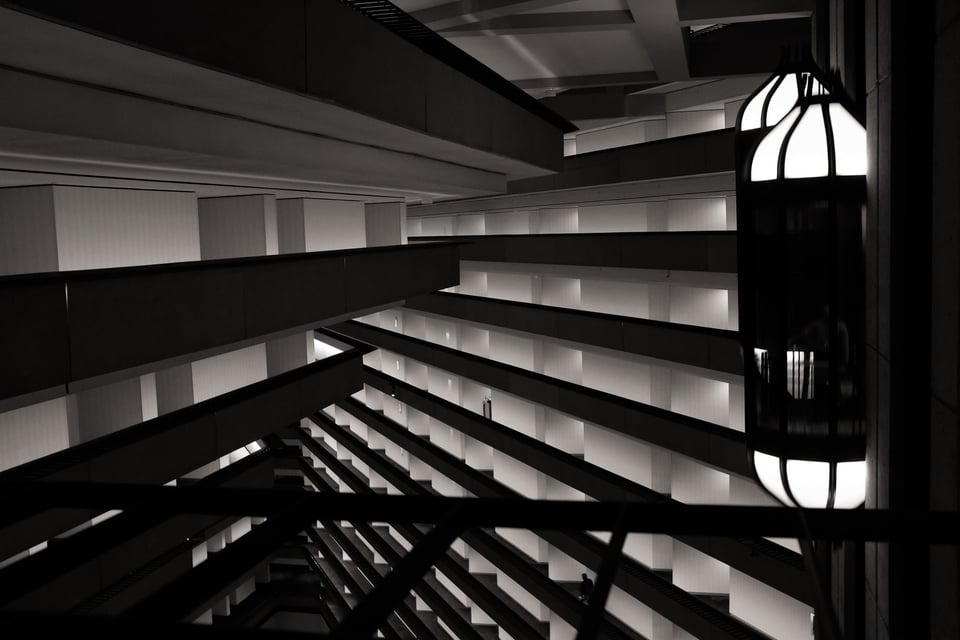How to Take Better Photographs Indoors
Many new photographers find that while shutter speed, aperture, and ISO make sense in theory, it is hard to know where to start in practice. Even if you understand basic camera settings, getting high quality photographs – especially indoors – is not always an easy task.
In other words, maybe you have a basic understanding of the exposure triangle… but now what? How do you actually take a good photograph in low light or bad lighting conditions, like those often found indoors?
That’s what I’m going to cover today. However, instead of a list of tips, I’m going to go through some common problems in indoor photography, followed by the best solutions to those problems.
 X100F @ 23mm, ISO 3200, 1/25, f/4.5
X100F @ 23mm, ISO 3200, 1/25, f/4.5
Many new photographers find that while shutter speed, aperture, and ISO make sense in theory, it is hard to know where to start in practice. Even if you understand basic camera settings, getting high quality photographs – especially indoors – is not always an easy task.
In other words, maybe you have a basic understanding of the exposure triangle… but now what? How do you actually take a good photograph in low light or bad lighting conditions, like those often found indoors?
That’s what I’m going to cover today. However, instead of a list of tips, I’m going to go through some common problems in indoor photography, followed by the best solutions to those problems.
 X100F @ 23mm, ISO 3200, 1/25, f/4.5
X100F @ 23mm, ISO 3200, 1/25, f/4.5








تعليق